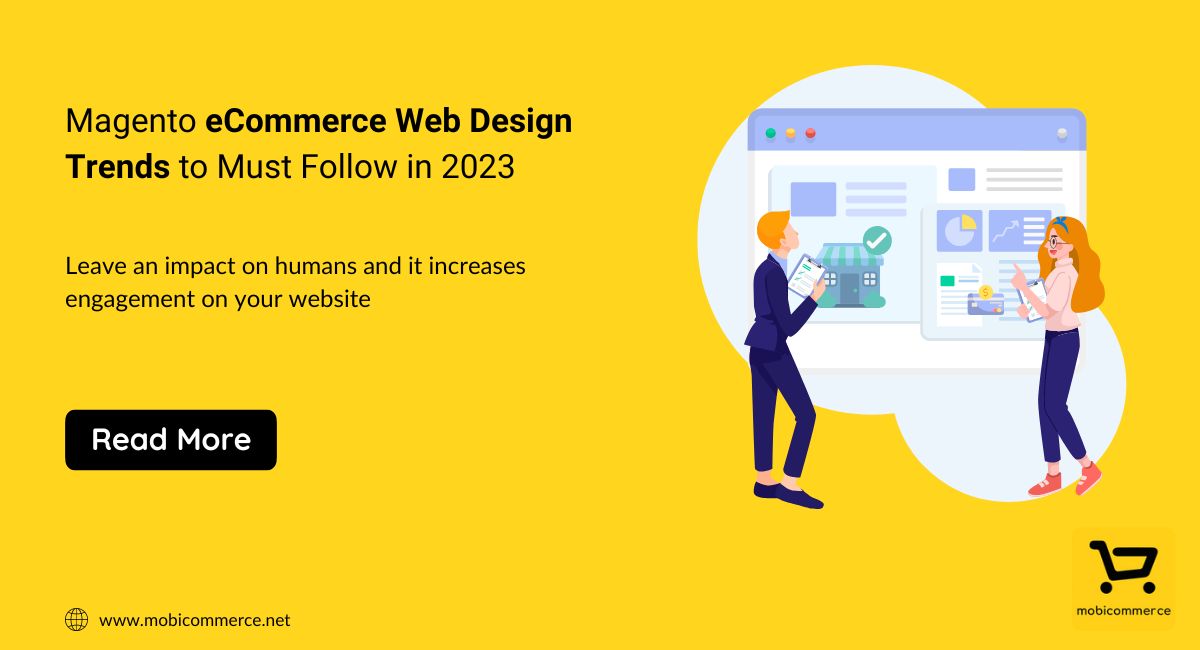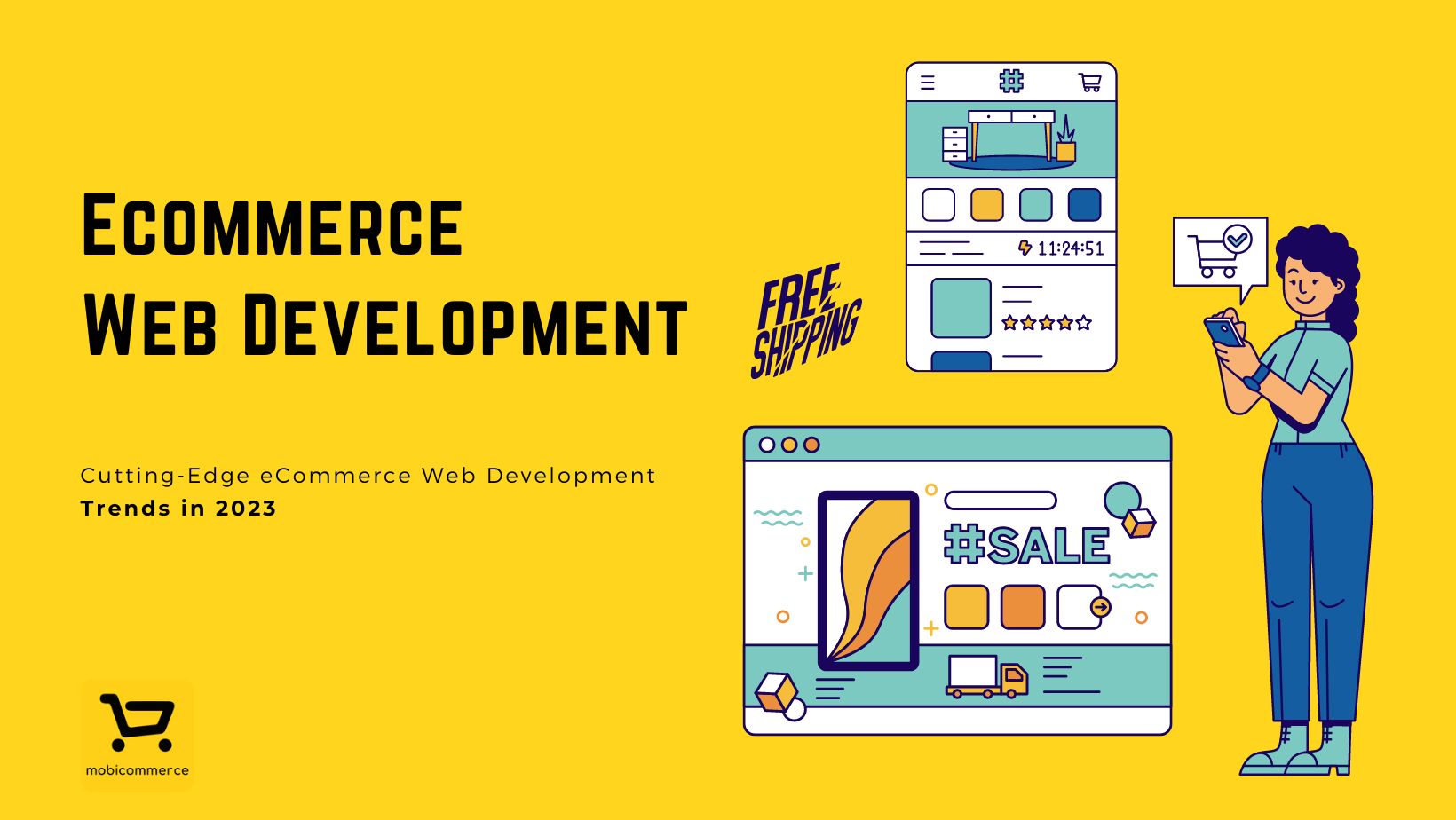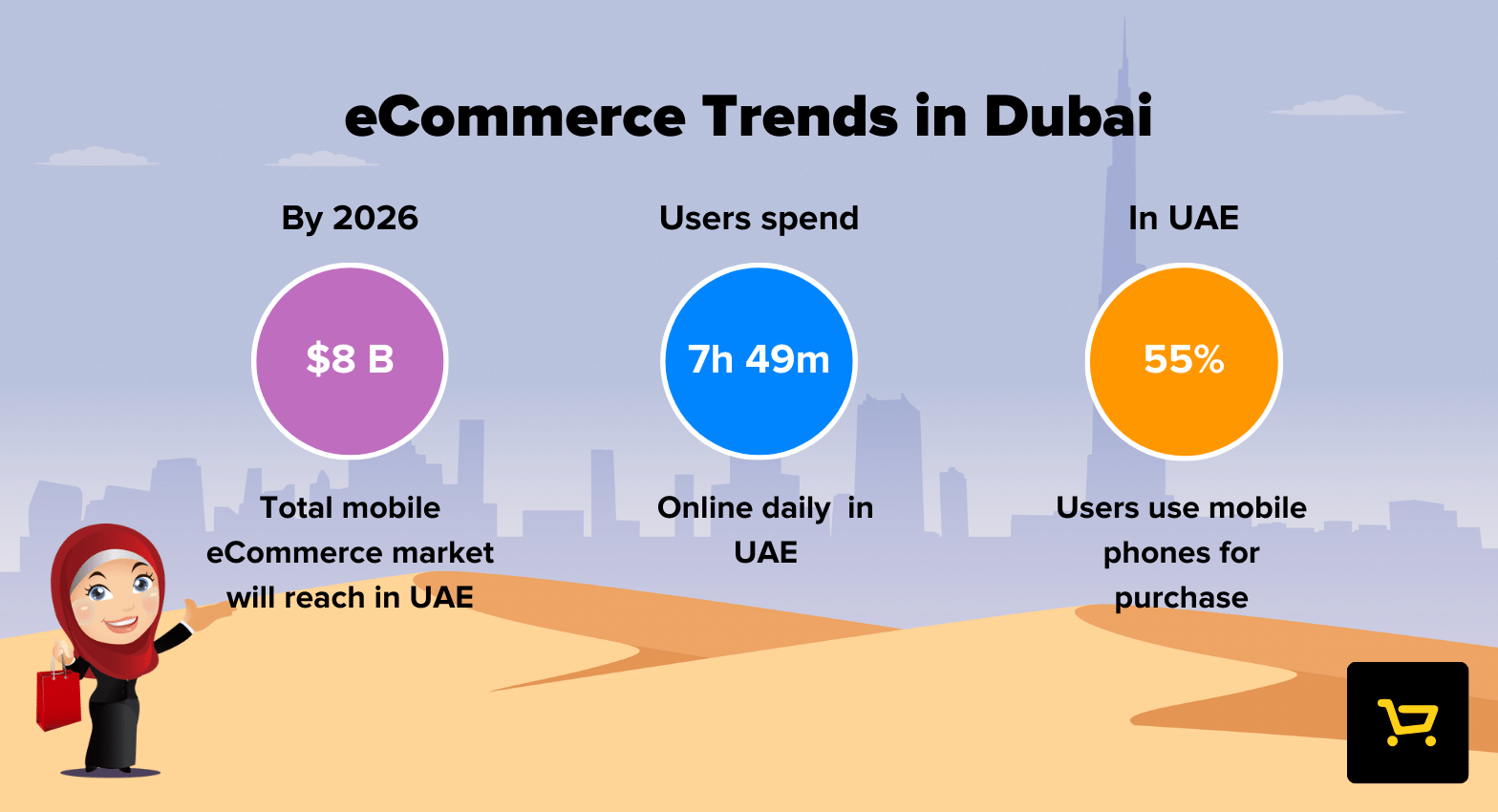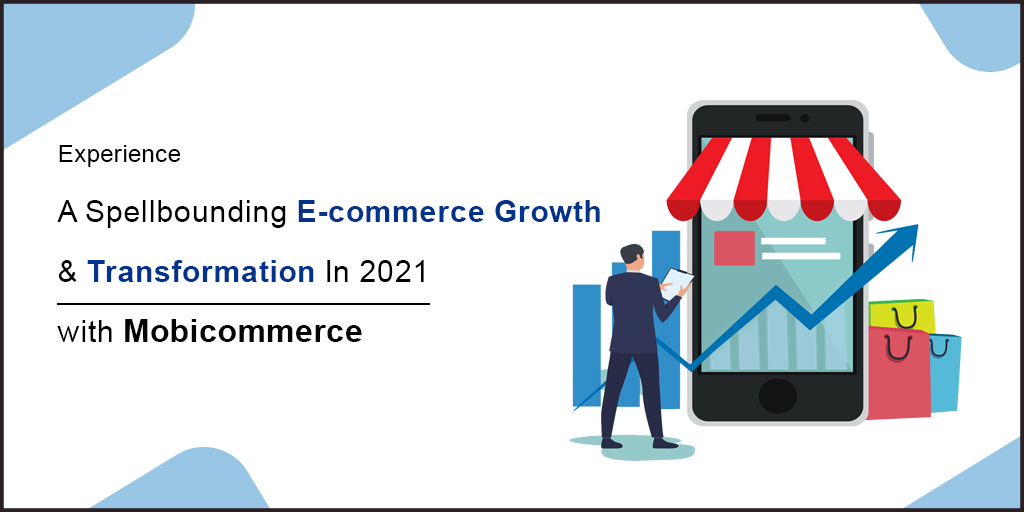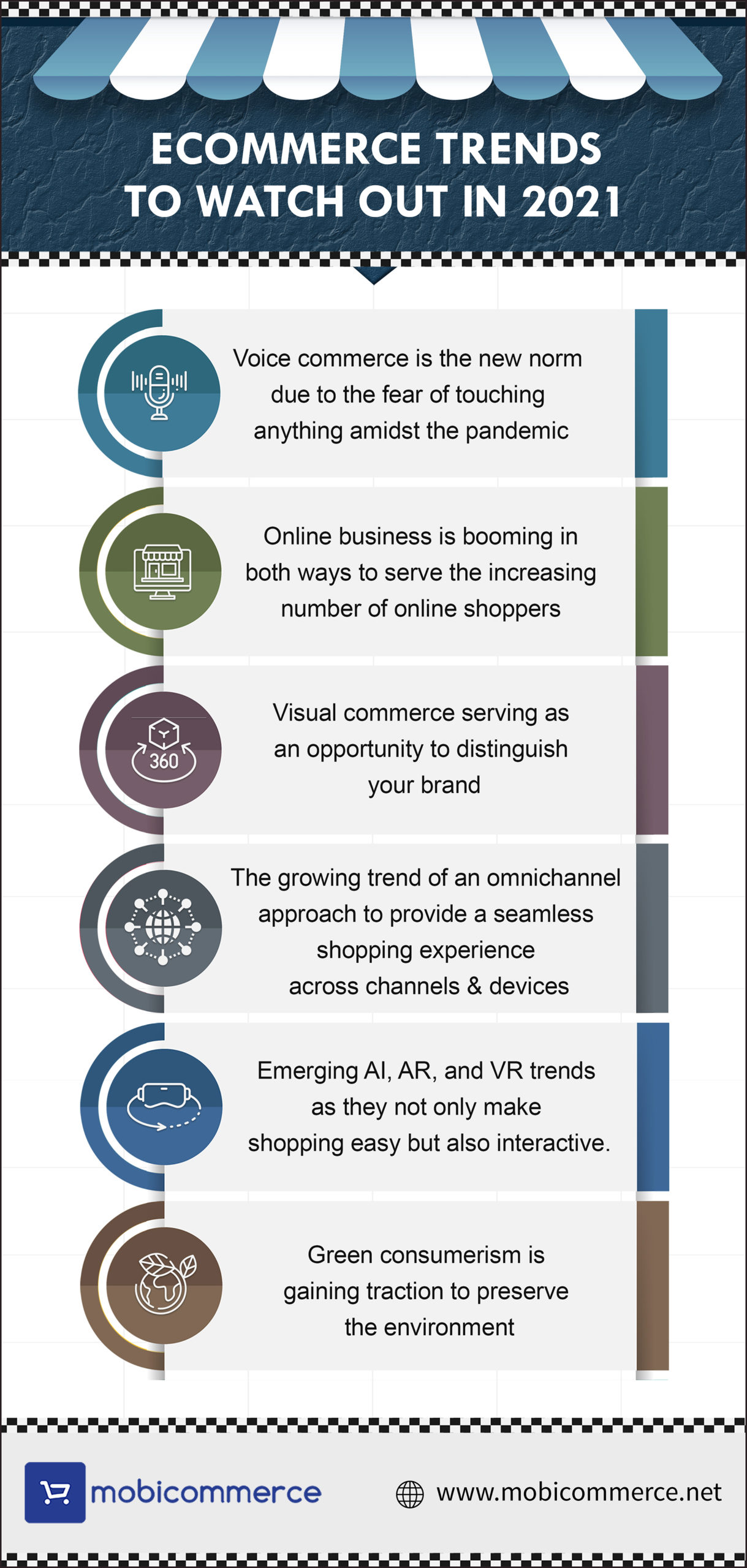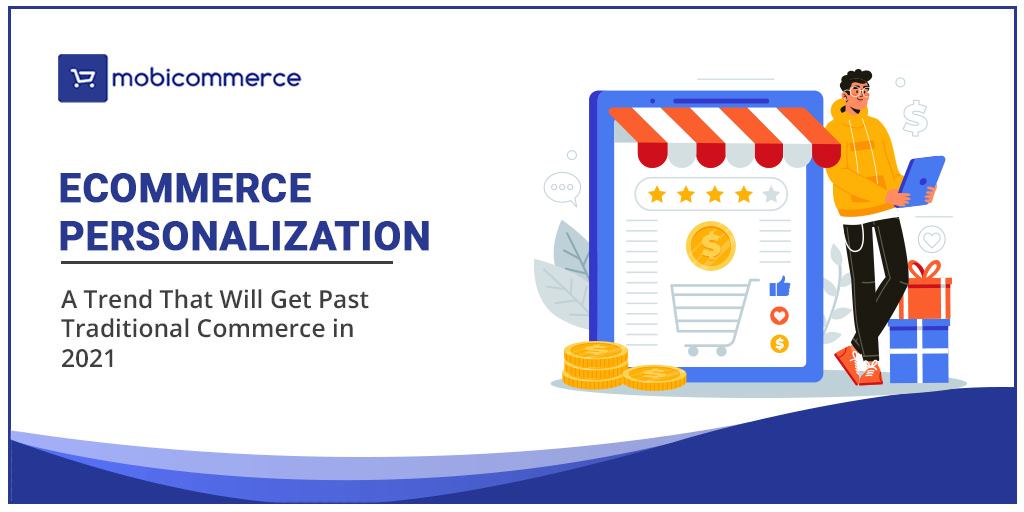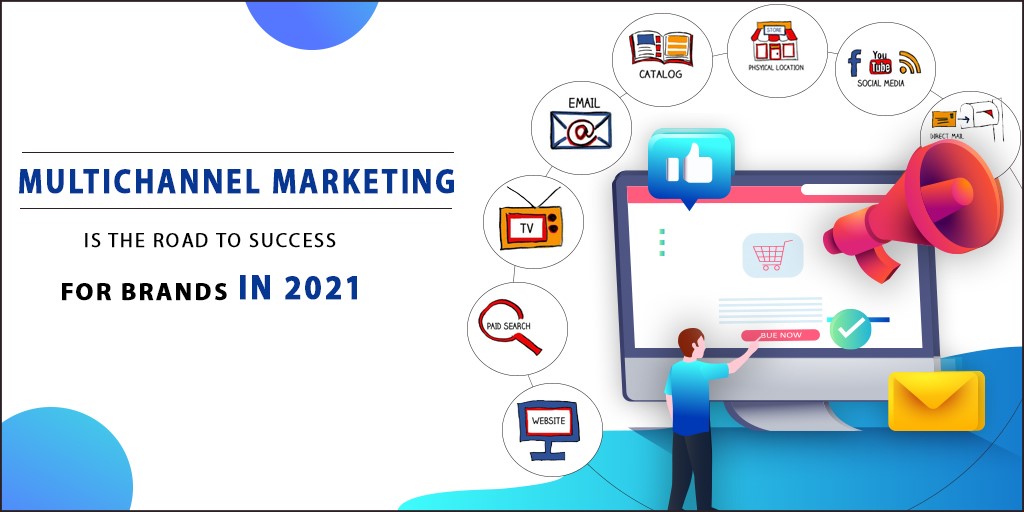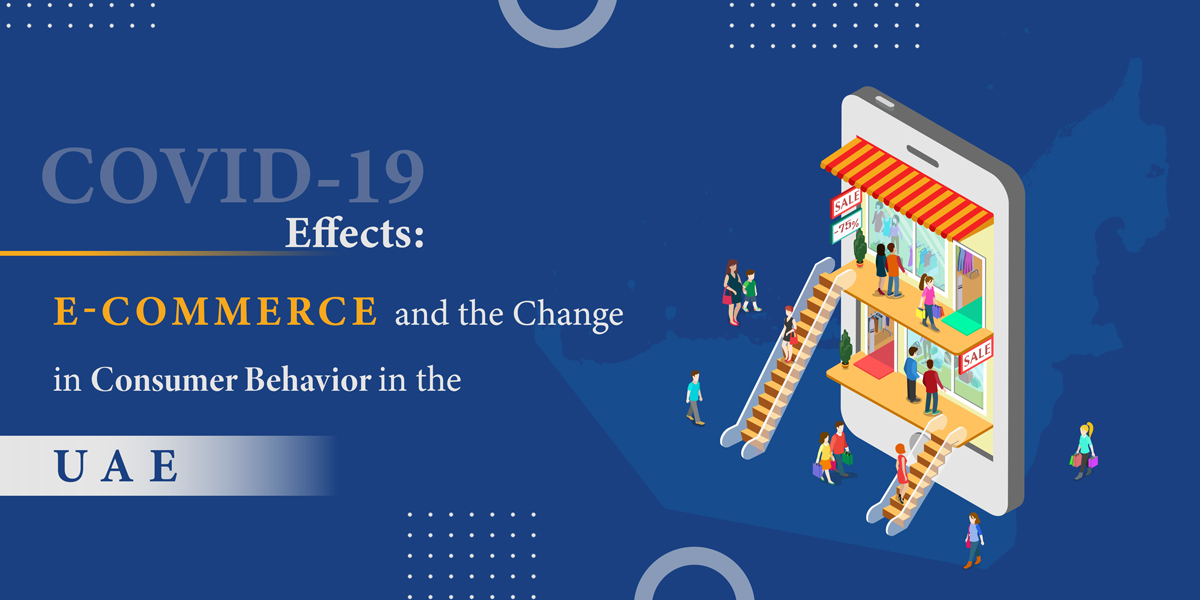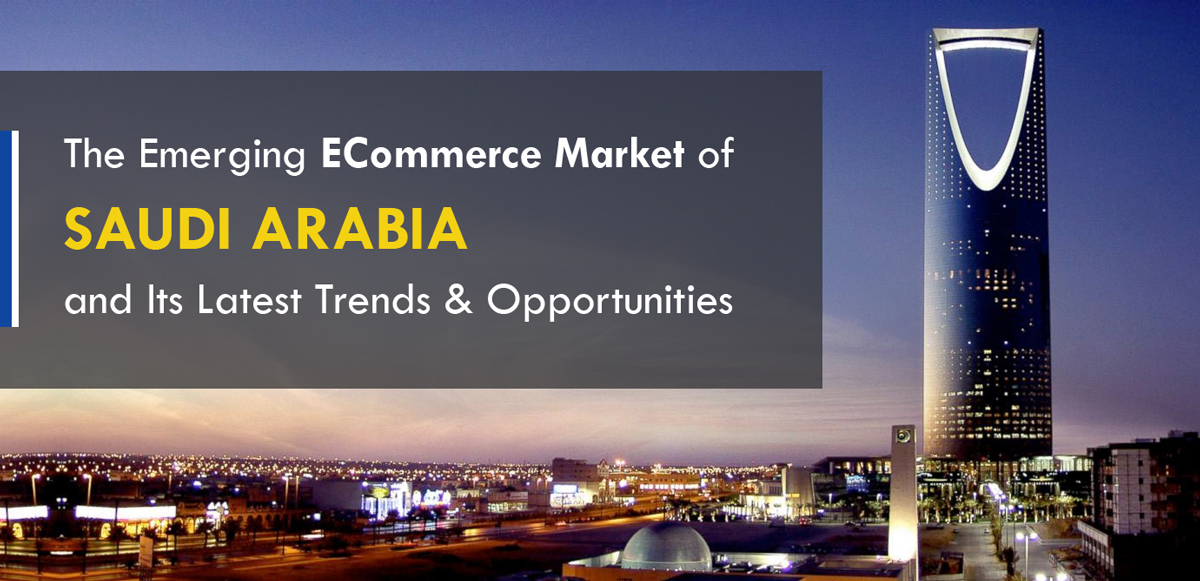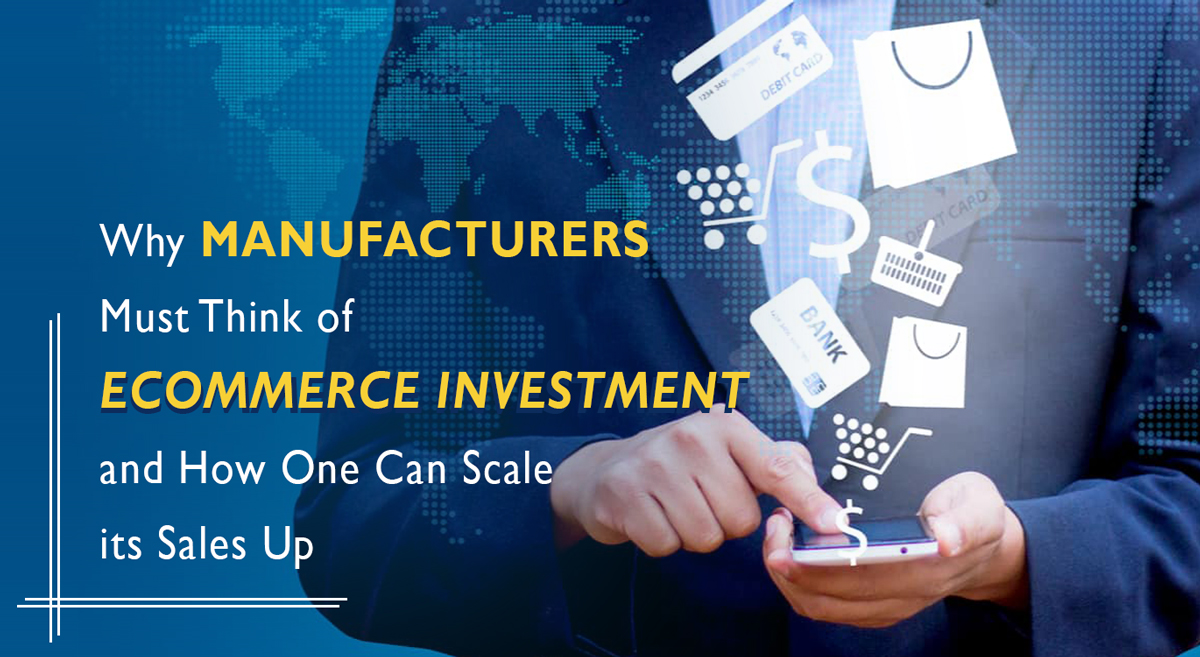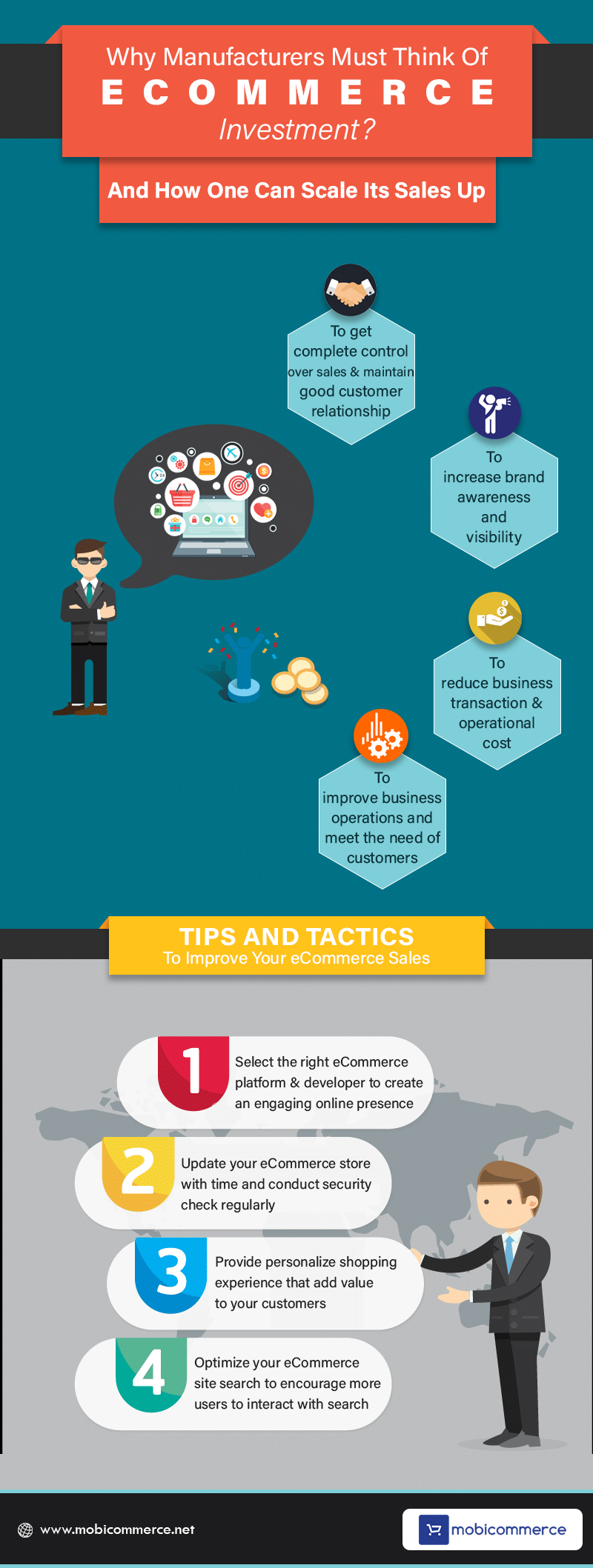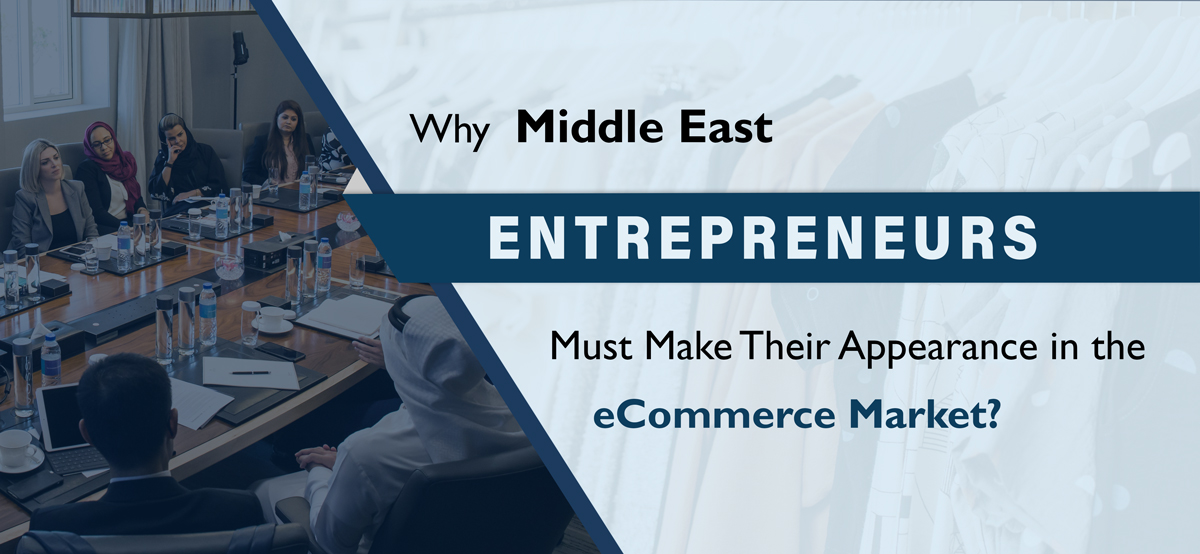To create an eCommerce website in Magento, you must focus on its design.
The design leaves an impact on humans and it increases engagement on your website. Most importantly, it connects your users with your website.
A user-friendly and engaging design helps your users to scroll and browse your website without getting bored.
As a leading eCommerce web design agency, we have written this article to help you learn the most salient eCommerce web design trends.
Let’s discuss design trends without any further delay.
Top 7 Magento Web Design Trends You Must Apply
1. Keep Your Website Mobile-friendly
97% of Americans own a mobile phone and mostly they perform their daily tasks of shopping and researching on their mobile phones, according to PewResearch. So, if you plan to have an eCommerce website, it should be mobile-friendly. And, it helps you maximize your reach. As a leading web design company, we are sure you don’t want to miss out on this potential audience. Do you?
Having a mobile-friendly website improves the speed of your pages getting loaded on mobile phones. It also decreases your bounce rate as well. In addition, making your website mobile-friendly helps users to shop from your website anytime and anywhere in the world.
Remember, users are always lazy and impatience, therefore, it is a must to have a website that operates well on mobile devices and also functions well. So, at the end of the day, your efforts don’t get wasted.
2. Making Your Website Interactive
Make your website simple and convenient to use for your users. This means placing the buttons in the right places where they are easy to find out. The use of proper design elements helps you to make your website looks perfect and easy to navigate while making purchases.
In addition, you can make different sections of coupons, promotions, product recommendations, and discounts. So, it increases your overall conversion. But, make sure it’s easy to find for your users.
Offering your users a personalized experience takes your eCommerce website to another level. For example, offering customizes in their eCommerce account on your website is something other eCommerce vendors would have done it before. From setting up an account to the checkout process. That’s why this trend stands second in the position.
3. Use of Grid Layout on Your eCommerce Website
The third Magento web design trend that comes in our list is the Gird layout. It is an advanced version to make your eCommerce website more flexible in terms of the whole layout. Grid layout allows you to have a controllable or how you can handle the size of the different screens more flexibly and easily.
So, users access your eCommerce website easily from different devices without facing the problem of layout or structure. Whether your visitors are using your eCommerce website from mobile, tab, computer, or laptop, they are able to see the perfect layout of your website without facing difficulty.
That’s where you provide an exceptional experience to your users and it helps you increase your conversion rate and your sells get double. The grid layout covers different blocks of your website, including the product detail page, header, footer, other blocks, and widgets.
4. Hovering Effects, Illustrations, and Animations
Providing illustrations of your product and brand helps you present your products in an interactive and playful way. Adding animation to your eCommerce website helps to convey information more efficiently and in an interactive way. And, it is the most used Magento web design to make websites more interactive and irresistible to surf users.
With Magento, it allows you to add motions to your eCommerce website in a pleasant, effective, and delightful way. Remember, adding a lot of animation can also badly impact your website. However, having a sensible enough animation on your eCommerce website really helps.
5. Creating a Material Design
Many popular websites have started implementing a material design. And, the material design has helped them gain potential. A material design is content-focused, vibrant, and created with a minimalistic appearance. This design is created with motion and depth. Designers are able to create clean and beautiful interfaces for your websites. So, you get a more realistic approach to your website.
For example, checking out Behance’s website for material design helps you to get a visual idea of what material design looks like. To give your a basic idea, even Behance has used a material design with boxes that are far deep than the grid, shaded background, and added more depth to grab better attention.
6. Integration of Video in Your eCommerce Website
Adding powerful and interactive videos of products helps you to offer the best visual deal of information to your customers. That’s why adding videos is important in an eCommerce website.
With videos, you can explain and introduce videos that explain how to use a product. Creating an interactive eCommerce website helps you to get ahead of your competitors and build your brand faster and easier in the market.
7. Hamburger Menu
Adding a hamburger menu is three lines, which further upon a click displays underlying clicks for the hidden sub-menus.
The use of the hamburger menu helps you to make your Magento eCommerce website more comfortable to use and easy to navigate on your whole website.
Most importantly, this menu helps especially on smartphones or small screens. So, users are able to know the complete menu without any weird design or structure of a menu.
Having this type of menu on your Magento eCommerce website takes up the lower space of your screen. And, the benefit of having a structured menu for your website as it makes not complicated for your end users.
Conclusion
In this article, you have learned about the top Magento eCommerce web design trends. We hope following these trends surely brings results to your eCommerce website. However, if you have any doubts or issues, get in touch with us.
As a top Magento development services provider company, we have experience creating websites for our clients from countries like the USA, UK, Germany, and more. So, if you have an idea of creating an eCommerce website, we are can help you from scratch to end. Connect with us by scheduling a call. One of our experienced executives will surely help you to bring your idea to life.
